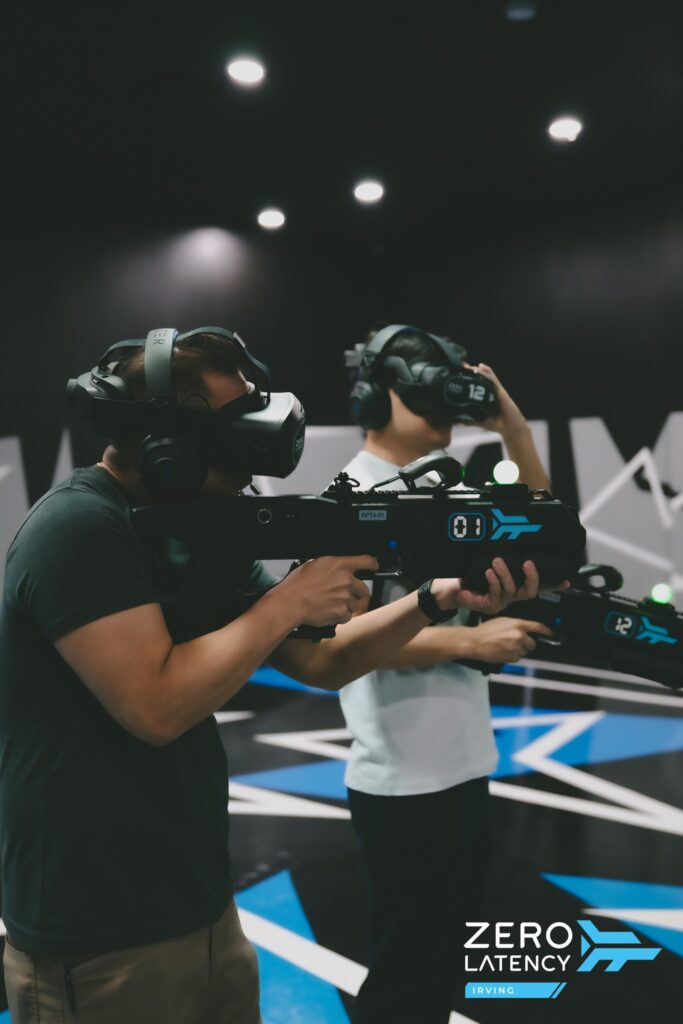Virtual reality VR has transformed from a pixelated dream into a fully immersive, interactive experience that pushes the boundaries of gaming. The evolution of virtual reality gaming is a fascinating journey, blending cutting-edge technology with the creative ambitions of developers and players alike. From early, primitive graphics to today’s photorealistic virtual worlds, the progress made in VR has reshaped how we interact with digital environments. In the early days, VR was more of a concept than a reality. The gaming industry began experimenting with immersive technology in the 1980s and early 1990s, but the hardware and software were limited. Systems like Sega’s VR headset and the Nintendo Virtual Boy offered a glimpse of what could be possible, but they fell short of creating truly immersive worlds due to technological constraints. These early iterations relied on crude graphics, basic motion controls, and limited processing power, resulting in more of a novelty experience than a breakthrough in gaming.
However, with the advent of more powerful graphics processing units GPUs, enhanced motion tracking, and innovative hardware like the Oculus Rift and HTC Vive, VR began to gain momentum in the 2010s. These developments allowed for higher resolution displays, better frame rates, and more accurate tracking of head and body movements. Gamers could now step into virtual worlds with a sense of presence—a feeling that they are truly inside the game, rather than merely observing from the outside. One of the key turning points in the evolution of VR gaming was the shift from merely simulating reality to creating immersive, interactive experiences. Games like Beat Saber and Half-Life: Alex showcased the potential of VR by combining realistic environments with engaging, physics-based gameplay.
Players could interact with the world around them in a way that felt intuitive and responsive, creating a level of immersion that traditional Zero Latency VR gaming could not offer. As VR technology continues to evolve, developers are pushing the boundaries even further. Haptic feedback systems, advanced motion controls, and even brain-computer interfaces are being developed to enhance the sense of presence in virtual worlds. The goal is to create experiences where the virtual world feels as real and responsive as the physical one. In the future, the line between reality and virtual reality may blur even further. With ongoing advancements in AI, cloud computing, and 5G technology, VR games will continue to become more immersive, social, and accessible. From pixels to presence, VR gaming has come a long way, and its future promises even more groundbreaking developments that will reshape how we experience digital worlds.